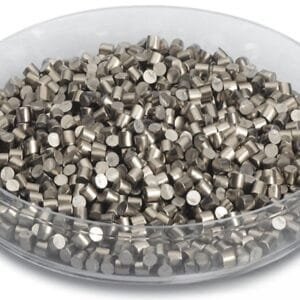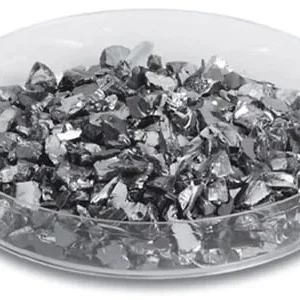Dysprosium Evaporation Materials Description
High-purity dysprosium evaporation materials are essential for producing high-quality films in deposition processes. Dysprosium, a rare earth element named from the Greek word ‘dysprositos,’ meaning ‘hard to get,’ is not found naturally in its pure form but occurs in minerals like xenotime.
TFM specializes in manufacturing dysprosium evaporation materials with purity levels up to 99.9%. Our rigorous quality assurance procedures ensure that these materials meet the highest standards of reliability and performance.
Dysprosium Evaporation Materials Specification
| Material Type | Dysprosium |
| Symbol | Dy |
| Color/Appearance | Silvery White, Metallic |
| Melting Point | 1,412 °C |
| Thermal Conductivity | 11 W/m.K |
| Density | 8.55 g/cc |
| Synonyms | Dy Pellets, Dy Pieces, Dy Evaporation Pellet, Dysprosium Pellets, Dysprosium Pieces, Dysprosium Evaporation Pellet |
Dysprosium Evaporation Materials Applications
Dysprosium evaporation materials are used in various deposition processes, including semiconductor deposition, Chemical Vapor Deposition (CVD), and Physical Vapor Deposition (PVD). In optics, they are applied for wear protection, decorative coatings, and display technologies, benefiting from their high purity and performance characteristics.
Dysprosium Evaporation Materials Packing
| Material | Size | Quantity | Purity | Part Number |
| Dysprosium | < 5mm | 100 g | 99.9% | EVMDYX5MM-D |


 MSDS File
MSDS File



Reviews
There are no reviews yet.